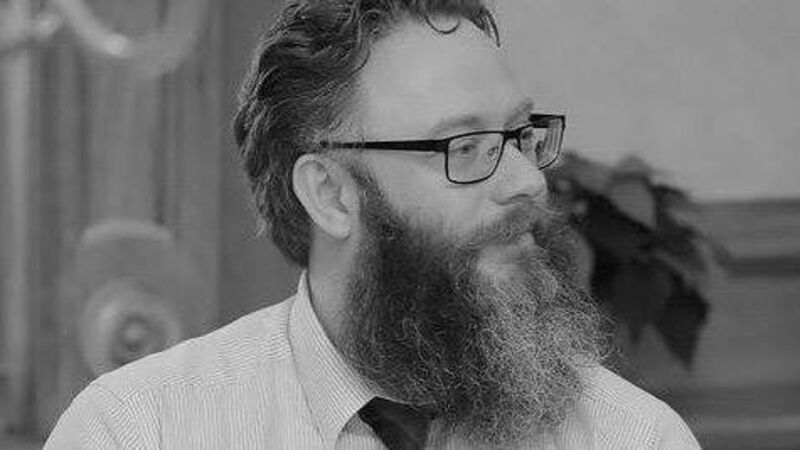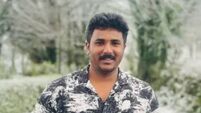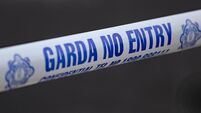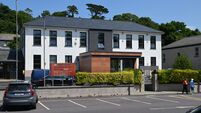Identification of remains at Tuam mother and baby home 'could take years'

Consultant forensic anthropologist and human remains specialist René Gapert was addressing the annual conference of the Association of Garda Sergeants and Inspectors. Picture: Human Remains Services Ireland
The identification of remains at the Tuam mother and baby home site could take years to complete, according to a leading forensic anthropologist.
Dr René Gapert of Human Remains Services Ireland said the process is not as simple as exhuming the remains and identifying them with DNA.









